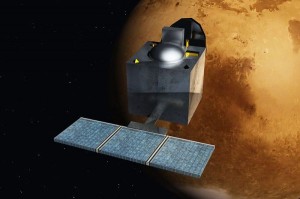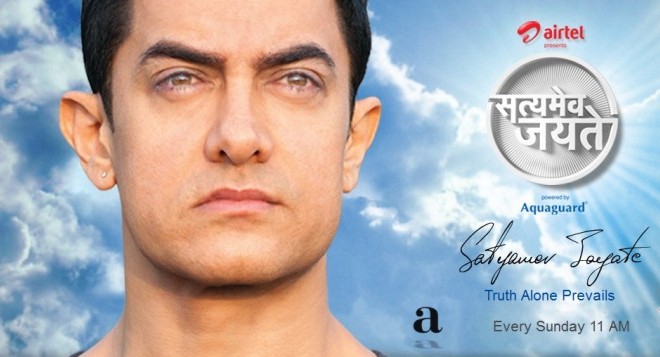Speeding ahead of its space rivals China and Japan, India has successfully launched its Mars Orbiter named ‘Magalyaan’ in what the US media declares as a significant technological leap for the nation as well as a symbolic coup against its neighbor China in the same field.

Many have described the launch a significant technological advancement for South Asia in the field of interplanetary exploration, triggering what many believe would be a space race among the other nations in Asia, possibly with dangerous ramifications. In fact, China’s recent advancements in the field of space science was what had prompted India to react and respond quickly, sensing an imminent threat to its status in the sub-continent.
If successful, India’s Mars Orbiter would become the first Asian mission to reach the Red Planet, and would reach the planet by September next year. It would also be the cheapest mission to Mars, costing only USD 73 million which happens to be lesser than a sixth of the total amount of money proposed for the Mars probe which will be launched by NASA in the coming months.
The reasons for this low cost has been researched by the National Public Radio (NPR) which has put forward its findings as such.

The first reason for the low cost of India’s Mars mission can be linked to the annual salaries of its scientists and engineers. An aeronautical engineer in the US can easily earn anywhere up to USD 105,000 annually while an engineer with the same qualifications, skills and expertise in India can earn only up to USD 20,000 annually.
The complexity of the mission as well as the labor force behind also play important roles in setting the costs for it. Accordingly, the director of Rice Space Institute, David Alexander, claimed that the low cost of India’s Mars Orbiter mission may be attributed to the fact that the satellite was built with the sole purpose of reaching Mars and nothing further than that. This would mean that the probe would be carrying relatively cheaper and less complicated instrumentation when compared to the Mars probes launched by the US. Alexander also feels that as of now, India is more intent on finding out whether the probe would survive the journey and would get into orbit. Even if it fails to do so, Alexander believe that rather than being dejected, India would take it as a lesion for future probes.
Professor Russell Boyce of the Australian Academy of Science who is also the chairman of the National Committee for Space and Radio Science has reiterated the fact that India’s Mars Orbiter is a very simple probe that would only provide modest scientific gains while not providing any earth shattering information or benefits.




